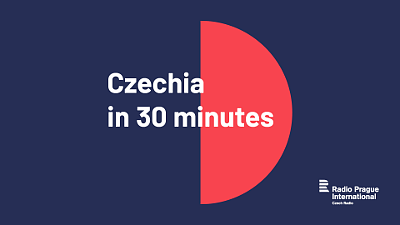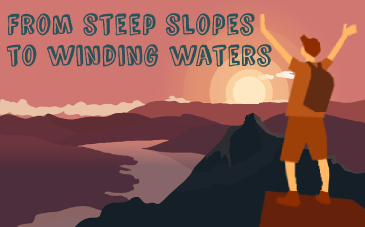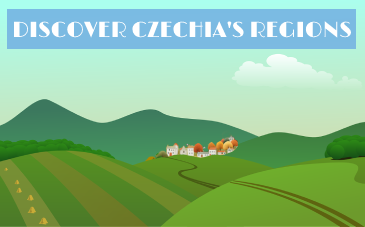Štvanice: Prague crossroads of history and sports
Situated on the Vltava River near the Hlávka Bridge, Štvanice Island, is a lesser-known yet fascinating part of Prague. With a rich history spanning centuries and modern activities like river surfing, the island seamlessly combines tradition and contemporary recreation.
Štvanice has long played a vital role in Prague’s history. Originally an archipelago known as Velké Benátky (Great Venice), the island was a critical crossing point of the Vltava during medieval times. A ford at its eastern tip facilitated transport until the construction of the Judith Bridge in the 12th century.
The island endured frequent floods, including a devastating one in 1118, and its strategic position made it a site of military activity. In 1420, Hussite leader Jan Žižka’s army camped on Štvanice before their victory at Vítkov Hill. Later, during the Thirty Years' War, the island served as a military outpost.
By the 16th century, Štvanice transitioned into a leisure destination, hosting gardens, a tavern, and events. It gained notoriety for blood sports like bull and bear baiting, which persisted until they were banned in 1805. This era gave the island its current name, Štvanice, meaning “chase” or “hunt.”
A Sporting Legacy
Štvanice became a center for sports in the 19th and 20th centuries. The First Czech Lawn Tennis Club established courts in 1901, and tennis quickly became a key activity on the island. Between the wars, Štvanice also hosted the first indoor ice rink in Czechia, built in 1931, which became a venue for hockey, figure skating, and boxing.
Although the winter stadium was demolished in 2011, Štvanice’s tennis courts remain significant, hosting international tournaments and fostering Czech tennis stars.
Modern Innovations: River Surfing
In recent years, Štvanice has gained attention for a new activity: river surfing. The island’s lock and dam system, built in the early 20th century, created conditions for this unique sport. To learn more about river surfing on Štvanice, Štěpán Rejhon, a surf instructor and core team member, shared his insights.
“My connection with this wave started around two years ago,” Rejhon says. “I’m an official surf instructor here, and I focus on foreign surfers and visitors. We’ve also created a community that’s open and welcoming.”
River surfing, which originated in Munich in the 1970s, is relatively new to the Czech Republic. “The first wave in the country was in Brandýs nad Labem about 10 years ago. That’s where I started surfing six years ago,” Rejhon explains. After spending time in Australia for ocean surfing, he sought a way to continue his passion in Central Europe.
“River surfing gives us the chance to feel that same excitement more regularly,” Rejhon says. Since opening, the Štvanice surf spot has hosted nearly 1,000 riders. About 200 regulars surf during the summer, while 50 enthusiasts brave the cold in winter. “We have people from all walks of life—managers, hippies—sharing smiles after a great session.”
The project is non-profit, with fees directed toward maintaining the wave and improving facilities. “We also have to pay for regulated water levels in the Vltava, which is crucial for keeping the wave operational,” Rejhon adds.
Visiting Štvanice
Štvanice Island is easily accessible by tram or on foot from Prague’s city center. Whether exploring its historical sites, enjoying recreational activities, or trying river surfing, the island offers a unique blend of Prague’s past and present.
For visitors interested in surfing, the Štvanice wave provides an unexpected adventure, and its community welcomes newcomers with open arms. As Rejhon says, “It’s not just about the sport—it’s about creating a space where everyone can connect and enjoy themselves.”
Štvanice continues to evolve, honoring its historical roots while embracing modern innovations, making it a unique destination in the heart of Prague.
Štvanice Island History
- 1118: First recorded catastrophic flood described as biblical by chronicler Cosmas.
- 1170s: Importance of the Štvanice ford declines with the construction of the Judith Bridge, Prague's first stone bridge.
- 1420: Jan Žižka’s Hussite army camps on the island before the historic Battle of Vítkov Hill.
- 1805: Imperial decree bans blood sports like bull and bear baiting, which gave the island its name "Štvanice."
- 1846–1849: Construction of the Negrelli Viaduct, limiting access to parts of the island.
- 1901: The First Czech Lawn Tennis Club establishes courts, making the island a tennis hub.
- 1931: Winter stadium opens, one of Europe’s first indoor ice rinks, hosting hockey, figure skating, and summer boxing events.
- 1913: Completion of the Štvanice Hydroelectric Power Plant, enlarging the island by 9,000 square meters.
- 2011: Controversial demolition of the historic winter stadium, marking the end of an era.
- Today: Home to unique activities like river surfing, welcoming nearly 1,000 riders annually.
How to get there
- Trams: 12, 14
- Nearest Metro stations: Vltavská, Florenc, head to “Hlávkův most”, Hlávka Bridge


















